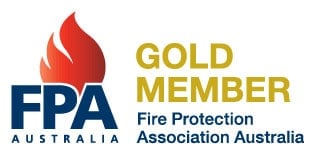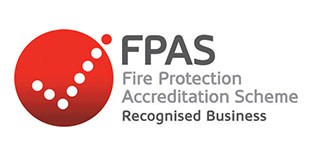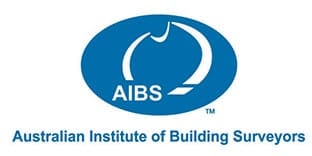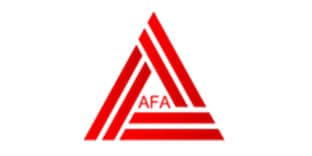Fire Extinguishers: fire classes and extinguisher types
Fire extinguishers come in many shapes and sizes and use different materials to put out fires. These differences exist to combat the different types of fires that can occur. Under Fire Protection Association of Australia (FPAA) classification of fires there 6 different types or classes of fires. Accordingly, each has a specific type of fire extinguisher.
- Class A fires – these are fires that are fueled by wood or paper.
- Class B fires- fires involving flammable liquids such as grease or gasoline
- Class C fires – fires involving flammable liquids.
- Class D fires – fires involving flammable metals
- Class E fires – electrically energized fires
- Class F fires – fires involving cooking oils and fats
Fire safety is all about vigilance and preparation. In order to provide these, our company equips clients with different fire extinguishers to put out all 6 classes of fires as outlined by the FPAA. Here is a list of some of our offerings the fires they put our most effectively.
- Air-Water Fire Extinguishers – puts out most class A fires by discharging to water to dampen the burning fuel
- CO2 extinguisher puts out class B fires by displacing oxygen in the air preventing a fire from burning. This type is especially good for electronic fires
- Foam extinguishers are effective on different classes of fire due to the versatile properties of foams. It can dampen the fuel source or smother the fire. This makes it a must around kitchens and other areas dealing with flammable liquids
- Dry powder extinguishers are even more versatile. Due to the unique powder agent this type can take care of most Class A-F fires.
Subtypes among common models of Fire Extinguishers
Foam and Chemical Fire extinguishers are two types of extinguishers that use different discharge materials to put out fires. Foam extinguishers use either a sodium bicarbonate based foam or a mono ammonia phosphate based foam. The difference is normally negligible, but can be important in the effective of the extinguisher or the personal preference of a less toxic extinguisher. Chemical fire extinguishers also have the same issues.
Effective types of Fire Extinguishers for Electrical Fires
Electrical fires have the additional hazard of the potential for electrocution of any person who attempts to extinguish them. For this reason our company offers a line of extinguisher models made specifically to fight electrical fires. Here are two of our main models
- Air Water Fire Extinguishers: This type uses de-ionized water which reduces risk of electrocution
- Foam Fire Extinguishers: Foam extinguishers are multipurpose. Due to their insulating properties they are perfect for dealing with electrical fires.
Some fires are so dangerous and volatile that they need special extinguishers to put them out. This is especially true of fires started by combusting chemicals that may be toxic in nature, or those that will only become more volatile if more common purpose extinguishers are used.
Extinguishers need pressure testing every five years. This can be done by a registered fire extinguisher service organisation.
If an extinguisher is discharged, even partially, it needs a refill by a registered fire extinguisher service organisation.
Find out more about fire extinguisher classes and types of fires
Please contact us if you wish to get more information about the applicability of these extinguishers. Our staff in Sydney, Newcastle and the NSW Central Coast can assist you. Our services also include fire extinguisher maintenance, training and certification.
The NSW Fire & Rescue site has information on extinguisher classes.




